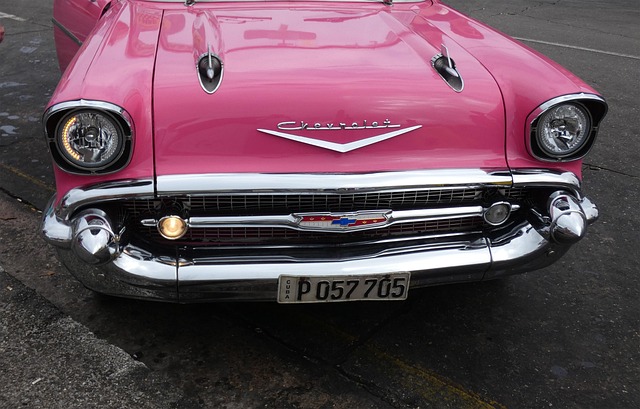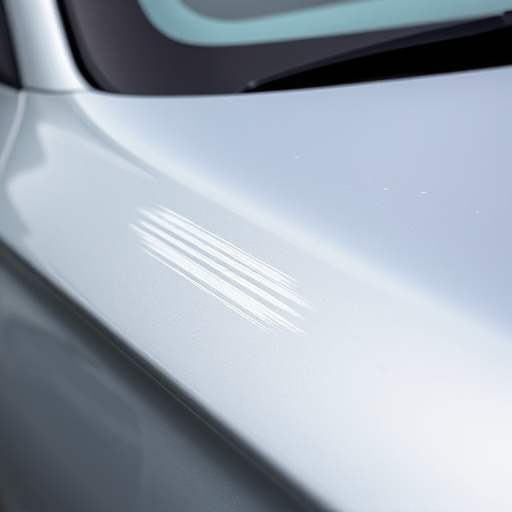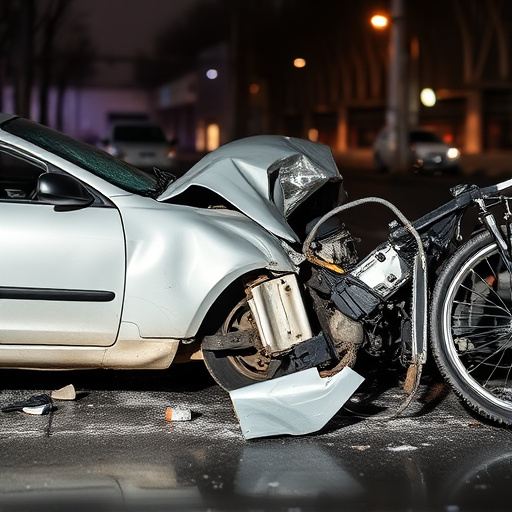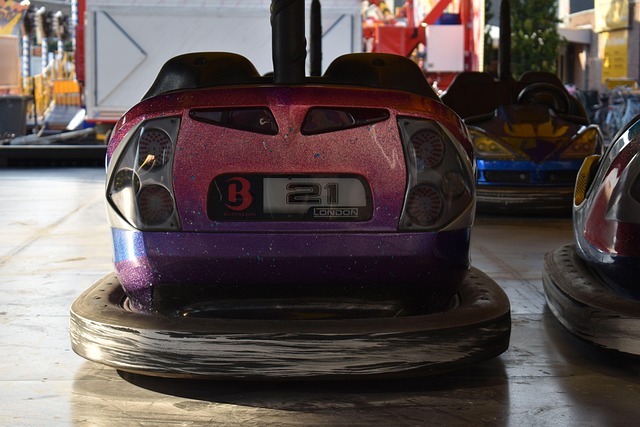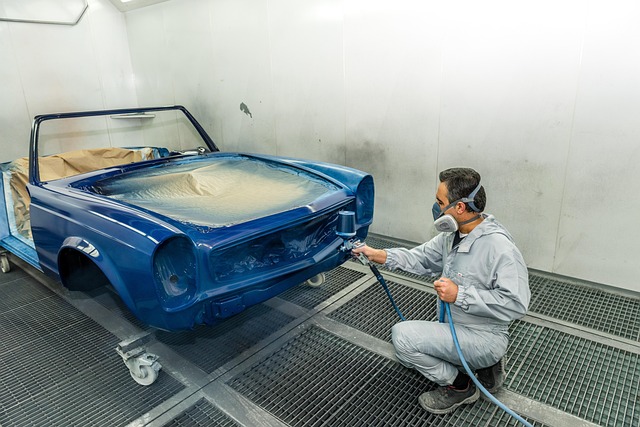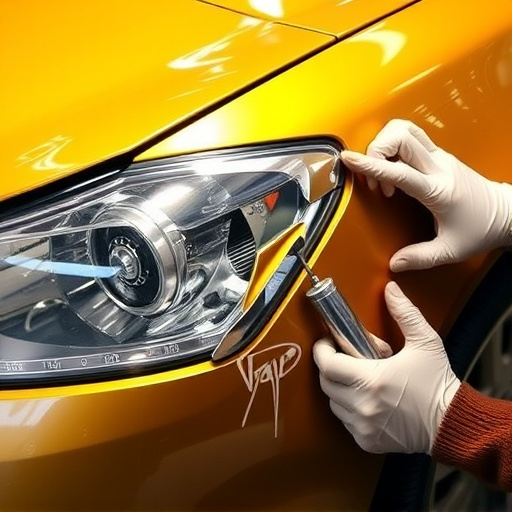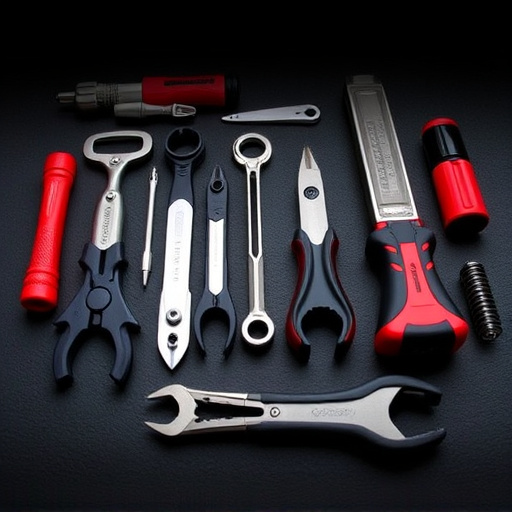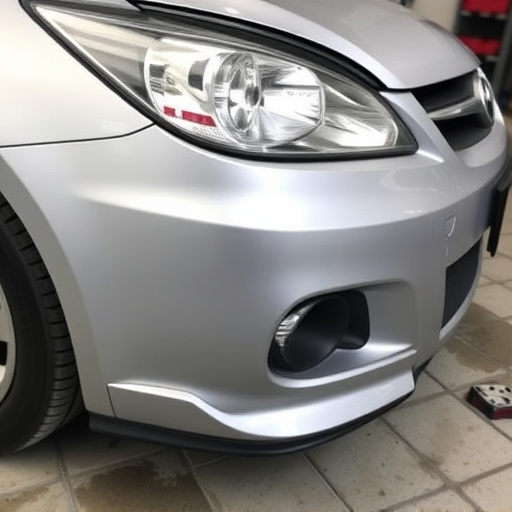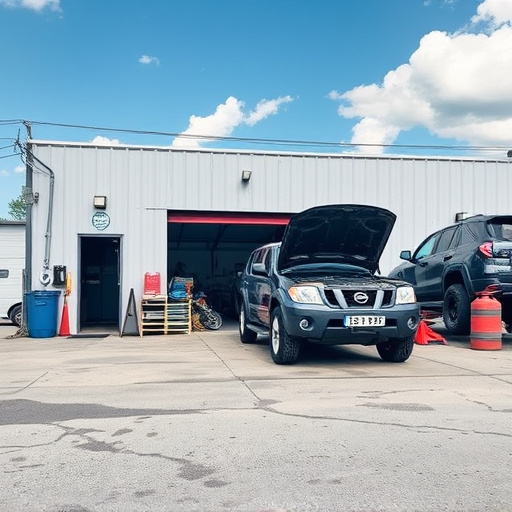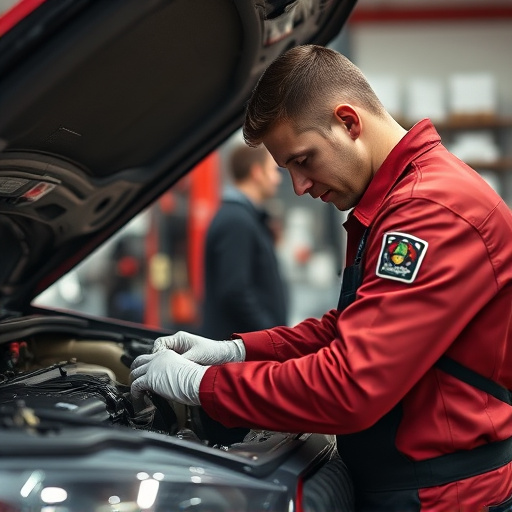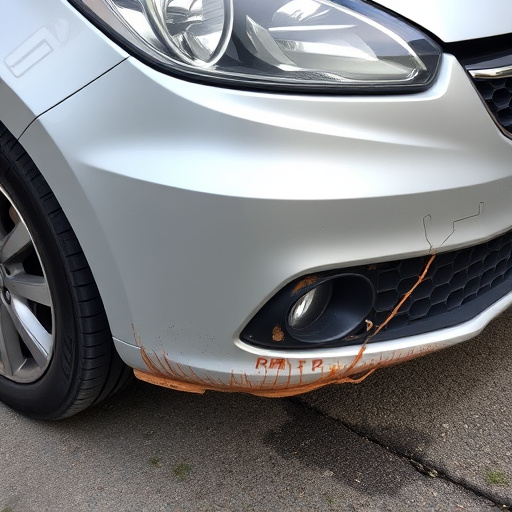Tesla electrical repair requires expertise in diagnosing and fixing CAN Bus errors, vital for vehicle communication and performance. Common issues include hardware problems like damaged wiring and connectors, software glitches, and environmental factors. Technicians use advanced tools and bodywork services to identify and resolve these challenges, ensuring optimal Tesla functionality and reliability through meticulous hardware inspection and necessary structural repairs.
Tesla vehicles rely heavily on intricate communication networks, with CAN (Controller Area Network) Bus serving as the backbone. When something goes awry with a Tesla’s electrical system, it often stems from CAN Bus communication errors. This comprehensive guide delves into understanding CAN Bus in Teslas, exploring common causes of electrical repair issues, and providing troubleshooting and fixing strategies for these complex problems.
- Understanding CAN Bus Communication in Tesla Vehicles
- Common Causes of Electrical Repair Issues on CAN Bus
- Troubleshooting and Fixing CAN Bus Communication Errors
Understanding CAN Bus Communication in Tesla Vehicles

In Tesla vehicles, CAN Bus (Controller Area Network) is a vital communication system that connects various electronic control units (ECUs), facilitating data exchange between different components such as the engine, transmission, and dashboard. This sophisticated network enables seamless interaction among numerous systems, enhancing the vehicle’s overall performance and functionality. When it comes to Tesla electrical repair, understanding CAN Bus communication errors is crucial. Issues within this network can manifest as unexpected behavior in various systems, from instrument cluster malfunctions to drivability problems.
Automotive restoration specialists equipped with expertise in electric vehicle (EV) technology play a pivotal role in diagnosing and resolving CAN Bus-related issues. They employ advanced diagnostic tools to pinpoint faulty ECUs or damaged wiring, often involving intricate car bodywork services and frame straightening techniques. By meticulously repairing or replacing compromised components, these professionals ensure the restored Tesla communicates effectively over its CAN Bus network, delivering optimal performance and reliability for years to come.
Common Causes of Electrical Repair Issues on CAN Bus
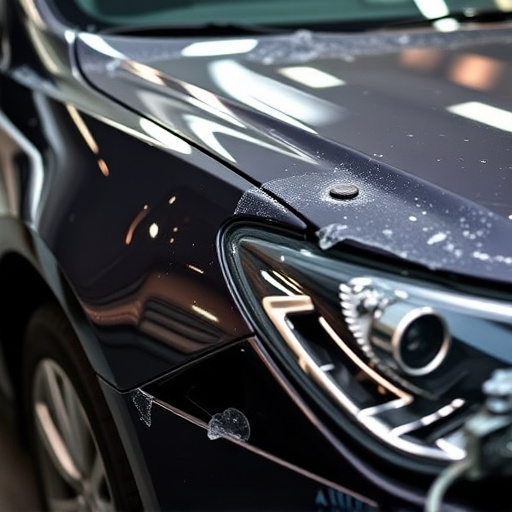
In the intricate network of a Tesla’s electrical system, the CAN (Controller Area Network) bus serves as a vital communication channel, connecting various components and ensuring seamless operation. However, like any sophisticated technology, it is not immune to errors. Common causes of Tesla electrical repair issues involving CAN bus communication problems include faulty connectors or wiring, which can result from wear and tear, exposure to harsh environmental conditions, or improper installation during manufacturing or after-market modifications.
Another significant factor is interference from other electronic components or external sources, leading to data corruption or signal loss. Moreover, software glitches or outdated firmware can also contribute to CAN bus errors, especially in older Tesla models where the control units might not be as robust against software anomalies. These issues can manifest as odd behaviors, such as erratic dashboard readings, faulty power controls, or even complete system shutdowns, necessitating expert Tesla electrical repair services to diagnose and rectify the problems effectively.
Troubleshooting and Fixing CAN Bus Communication Errors

When troubleshooting and fixing CAN Bus communication errors in a Tesla electrical system, it’s crucial to begin with a thorough inspection of the hardware connections. This involves checking for any loose or corroded wires within the vehicle’s electrical network. A common cause of CAN bus issues is faulty connectors or damaged wiring, which can disrupt the seamless data transfer essential for various components’ communication.
For more complex cases, utilizing diagnostic tools designed specifically for Tesla vehicles can aid in identifying problematic areas. These tools allow technicians to monitor and analyze CAN bus signals, pinpointing errors related to auto maintenance or even classic car restoration projects. In severe instances where the issue persists despite initial checks, vehicle body repair might be necessary to address structural damage affecting the electrical system’s integrity.
When dealing with Tesla electrical repairs, particularly those involving CAN bus communication errors, understanding the intricate network of these vehicles is key. By identifying common causes such as faulty sensors or wiring damage, and employing effective troubleshooting methods, technicians can efficiently resolve issues. Regular maintenance and staying informed about advancements in CAN bus technology are essential practices for ensuring optimal performance and reliability in Tesla vehicles, thereby enhancing customer satisfaction with electric vehicle repairs.

